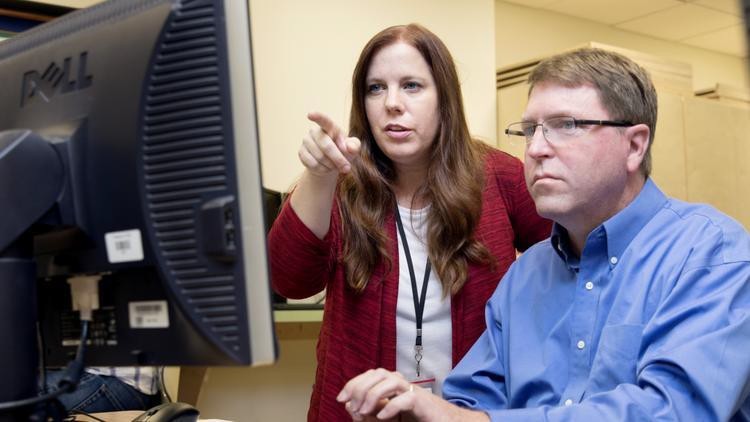Fortnite, Division, Rainbow Six, Overwatch, Super Mario Odyssey – video games have become more pervasive than reality TV for many people in the last few years. ‘Water-cooler chat’ tends to be about new levels in video games rather than who got a rose or who got kicked off the island. With this cultural past time change, changes also come in how we view the world, or more importantly, how we WANT to view the world. Traditional document review systems and linear review approaches bore the heck out of reviewers – it is just a lot of line-by-line review of grid-style lists. Can we blame reviewers for being bored and not being invested in the review?
No. No, we cannot.
Technology today exists in many review platforms that foster a more visual-style review. Not only are these visuals more interesting to the eye, they allow approach strategies to document review that flat review just does not make possible, and strategy is what we all like about video games.
 Last January, we updated our CVLynx review platform to incorporate gamification into the platform, in order to re-engage our reviewer community.
Last January, we updated our CVLynx review platform to incorporate gamification into the platform, in order to re-engage our reviewer community.
Instead of only reviewing documents in a grid-style, we gave the reviewer the ability to view documents in related clusters, to help make better sense of their batched documents. This allows the individual to impact their own quality and their own pace, and we did not just give them the ability to view concept-similar related documents like other platforms; we gave them the ability to decide what similarity or relationship made sense in that specific review and/or review phase. Are custodians key? If so, you can visually group documents by custodian and THEN by concept. Are dates key? If so, you can view documents by date, then by custodian and then by concept. We give reviewers the ability to group the documents in multiple ways, to ensure good insights appear into their batched documents.
Adding gamification does two key things for our reviewers and for us:
- It makes document review fun again.
If you have ever done doc review, you likely remember the first time you ever logged in to a review platform and just how cool it seemed to checkout a batch, tag documents, use the viewer, switch viewers, etc. I am sad to say that that ‘coolness’ fades by the end of day one. It is HARD to read documents all day and it is harder still to try to categorize them into a fixed box. In review, there are obviously responsive documents and obviously not responsive documents, but there is also a great deal of ‘gray area’ documents too – ones that could really go either way. Making that choice day in and day out is taxing on your brain. So anything we, the technology developers, can do, to improve the user experience and make review fun again is only going to improve the overall outcome of the review decisions. Moreover, our gamification strategies are designed for just that – make review interactive again and let the breadcrumbs lead the way! - It shortens overall timelines and allows for more consistent decisions
By the end of a review, a reviewer knows more about the content of the documents than the attorneys litigating or investigating the matter do. On average, any member of a review team has reviewed 60%-70% more documents than the trial attorney has. Should we leverage that by making it better and easier for the reviewers to make faster and more consistent decisions on the 70%, so that the 30% of documents read by the trial attorney are correct and worthwhile? I think so. By adding gamification to our document review platform, reviewers can more quickly tag documents confidently (using an integration of TAR, visualization and engagement technique) and with greater consistency. Which can be as important as accuracy. This speeds up the document review because reviewers go faster, but also because QC’ers QC less.
If we want good quality document review from any reviewer (contract, in-house, law firm, LPO) we need to find ways to re-engage and re-invigorate reviewers and help them make good, quality decisions with every document they see. We also need to play to cultural shifts in order to keep this reengagement and reinvigoration on a constant upward swing. The technology in use today will be stale next year.
If you are not using technology and review approaches that engage your review team, you should not expect great results, and if you are not expecting great results, then why even bother?





